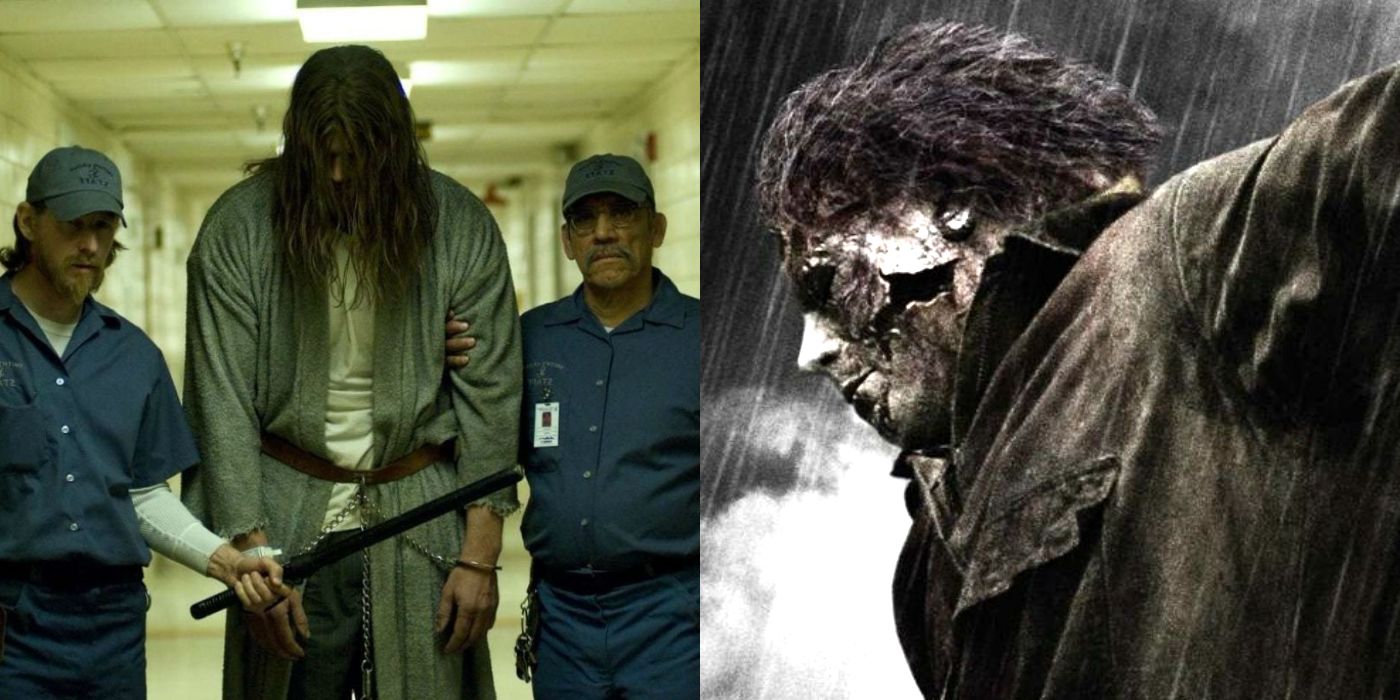Rob Zombie’s versions of John Carpenter’s horror classics Halloween and Halloween II might not be the fans’ favorite installments in the saga, but they have some redeeming qualities. Back in 2007, Rob Zombie made his own version of the slasher film Halloween, followed by a sequel two years later, with both films becoming the most divisive entries in the franchise.
His versions followed the same plot of the original Halloween films: a serial killer named Michael Myers stalks Laurie Strode and her friends on Halloween night, with the sequel revealing that Michael and Laurie are actually siblings. Zombie added his own style to the film, relying on shock value and graphic violence more than on suspense like the original films did, which didn’t appeal to fans of the franchise – but Zombie brought more than just blood, as he modernized the story and brought a new perspective to it.
Zombie’s Halloween expanded Michael Myers’ backstory by exploring what happened after he killed his sister when he was 10 years old – something the original film didn’t do. The film spent the first half exploring Michael’s time at Smith’s Grove Sanitarium, giving the audience a better understanding of his personality, family background, and relationship with Dr. Sam Loomis, played by Malcolm McDowell. Many fans (and critics) expected it to be a literal remake of the original film and that’s where Zombie’s work gets lost, as it’s not a remake but a reimagining or retelling of Carpenter’s story.

In contrast, the sequel feels like a botched version of the original with some extra pieces to make it a Rob Zombie film – such as the inclusion of Sheri Moon Zombie’s character, Deborah Myers, even though she died in the first film – but some parts of the story can stand by themselves. Loomis’ storyline, where he exploited his experience as well as the deaths of Michael’s victims, and Laurie’s struggle with trauma are some of the additions that, had they been addressed differently (and other elements of the story had been left out), could have made Halloween II a good complement to the first film.
Rob Zombie managed to make his own version of a classic and build its own mythology while also paying tribute to Carpenter’s work. These Halloween entries might not be among the fans’ favorites, but they shouldn’t be completely ignored either, as they provided a different, wider perspective to the story of one of the most famous slashers in the horror genre. Maybe the key is to see them as retellings instead of remakes.
Source:gamerant.com
